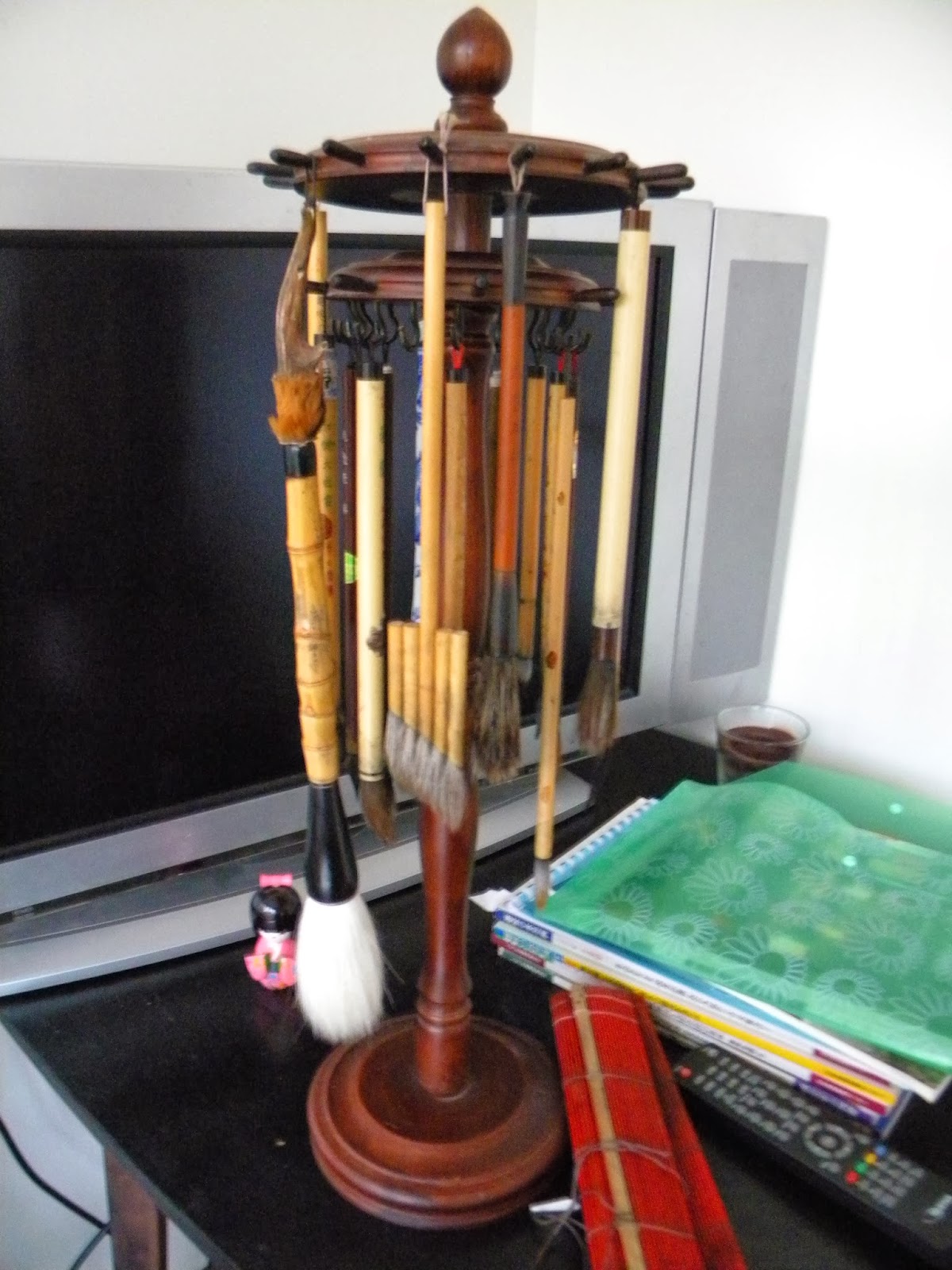Today at the tea lesson we have been practising Shindaiso soga-chari usucha temae. During this time we have been using special kind of chawan, called Tsutsu chawan. They are very different from the ones we usually use. First of all, they are taller and thiner. It is harder to handle it, so we can use two hands for lifting up or setting it down. And the manner of chakin cleaning, as well as tea whisking is totally different as well.
Tsutsu chawan is being used only during the winter season, in order to keep warmth of the tea for the guest.
These are the few samples of tsutsu chawan:
Tsutsu chawan is being used only during the winter season, in order to keep warmth of the tea for the guest.
These are the few samples of tsutsu chawan:
Japanese Shino Tsutsu Ceramic Tea Bowl
Japanese RAKU ware tea bowl by Shoraku Sasaki; Aka-Raku
Japanese famous potter TOZAN oribe ware tsutsu-bowl
Black Tsutsu Matcha Bowl
It was interesting to try something new. Learning about utensils, their origins, artists who made them, their value helps to understand how complicated, but at the same time beautiful the world of Tea is.







